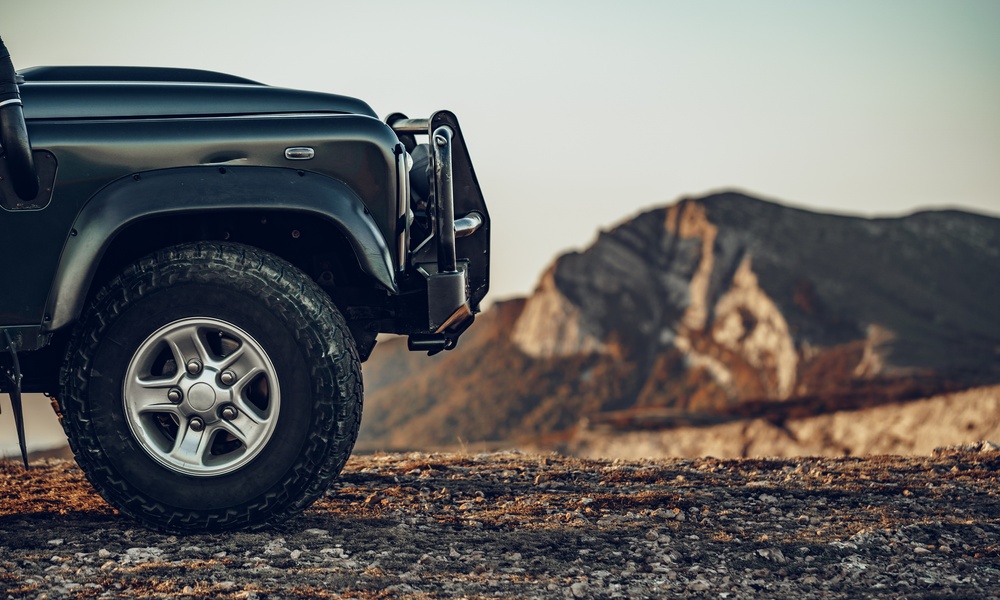You’re miles into a muddy trail, tires half-buried, engine working overtime, and then it sputters. Maybe it’s the heat. Perhaps it’s water. Or it’s something you didn’t even think to check. Engine damage when you’re off-road isn’t just frustrating; it can be expensive, time-consuming, and dangerous in remote areas.
That’s why it pays to keep these five engine protection tips for off-road driving top of mind. Let’s cover what matters most when keeping your rig running strong on the trail.
1. Install the Right Air Intake
Dust, sand, and water are an engine’s three worst enemies. A snorkel can reduce the risk of hydrolock during water crossings and cut down on debris intake on dry, dusty trails. Coastal drivers, especially in Florida, benefit from this upgrade more than most.
To take it one step further, and consider installing a pre-filter. These small additions trap large particles before they reach the main filter, cutting down on airflow issues and filter wear.
2. Armor Up With Skid Plates
Off-road terrain is unpredictable. A sharp rock or deep rut can do serious damage if the oil pan, transmission, or transfer case isn’t protected. Employing a full set of skid plates made of steel or 1/4-inch aluminum can make the difference between a great day and an oil-spewing breakdown.
If you’re adding them yourself, look for options with drain holes, particularly under the oil pan, so you don’t have to remove the plate every time you change your oil.
3. Monitor Engine Temps Closely
Slow speeds and tough terrain make the engine work harder with less airflow. When a radiator isn’t up to the task, overheating becomes a serious concern.
Check your vehicle’s coolant level before every trip, and flush the cooling system once per year. If you’ve added weight or lifted your rig, think about upgrading to a high-capacity radiator or adding an auxiliary electric fan.
4. Upgrade Fluids and Filters
Tough conditions call for tougher fluids. If you’re debating whether AMSOIL or Royal Purple motor oil is better, consider how each brand performs in extreme heat and dusty environments. Synthetic oils with higher film strength often perform better under off-road conditions.
Change the engine air filter every 60 days if you frequently travel on dusty trails. Also, inspect oil and fuel filters every 90 days to prevent buildup that can choke performance.
5. Prioritize Protective Modifications
Many off-roading modifications you can make to your truck extend beyond suspension and tires. Breather hose extensions, high-clearance bumpers, and upgraded battery boxes all reduce a vehicle’s exposure to water and vibration-related damage.
When building your setup, don’t just think about power. Consider how to protect the systems that generate power.
Off-Road Smarter, Not Harder
These five engine protection tips for off-road driving can save you from some of the most common—and costly—breakdowns. But here’s one last consideration: trail fixes are rarely comfortable, quick, or clean.
Before your next outing, do a dry run of your recovery and repair kit. Know where your tools are, and learn how to use them. Because out there, protection is about preparation.


